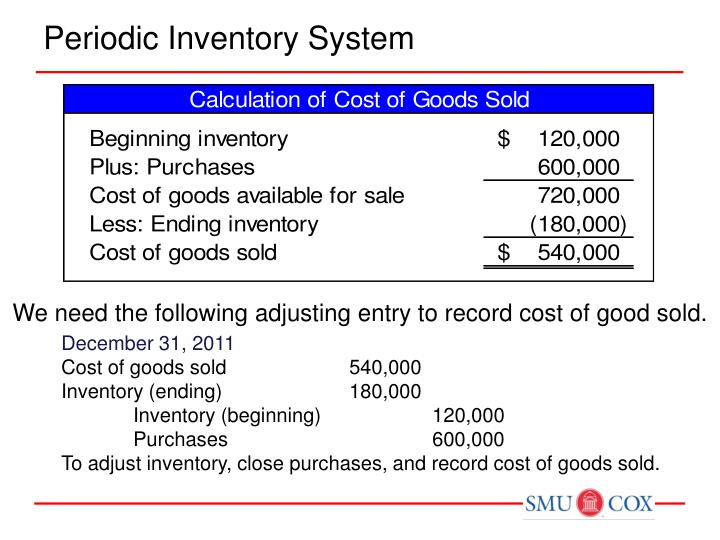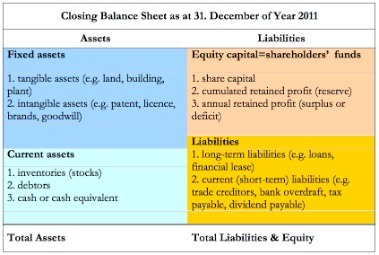Financial Accounting Meaning, Principles, and Why It Matters
An asset increases the wealth of a person, firm, or country whereas an expense reduces it. Expense is an outflow of cash or diminution in the value of an asset. Without accounting, a business cannot identify how much has been spent, why it has been spent, and what results have been achieved in the form of earnings made through increasing these expenses.
What do accountants do?
While math skills are helpful, data and systems analysis are keys to success in this role. This means that curiosity and deductive reasoning skills are also useful. I also rate the ability to think on your feet as an invaluable skill. There may be a lapse in the monthly revenue or a payout http://energynews.su/12232-otechestvennoe-po-v-aviacii.html that is too high for employees. You’ll be expected to analyze information, keep track of the story your money tells and provide guidance on what to do next. If the nature of your business is seasonal, tailor different factors, like the frequency of your evaluation, to this cycle.
- Managerial accounting assesses financial performance and hopes to drive smarter decision-making through internal reports that analyze operations.
- In some cases, if the company’s leadership suspects financial wrongdoing, they might bring in a forensic accountant for an internal audit.
- Business owners should be able to enter transactions, reconcile accounts and interpret financial statements accurately.
- Perhaps you’re managing on your own for now but are considering expanding in the future.
Principle of Utmost Good Faith
- When the company earns the revenue next month, it clears the unearned revenue credit and records actual revenue, erasing the debt to cash.
- Most companies would not be able to operate without an accountant, as it’s an accountant’s job to report through financial statements the company’s economic health.
- I recommend auditing your process at the end of every month, quarter, and year.
- Because of the simplified manner of accounting, the cash method is often used by small businesses or entities that are not required to use the accrual method of accounting.
- For information pertaining to the registration status of 11 Financial, please contact the state securities regulators for those states in which 11 Financial maintains a registration filing.
Standardized accounting principles date back to the advent of double-entry bookkeeping in the 15th and 16th centuries, which introduced a T-ledger with matched entries for assets and liabilities. This principle states that the accountant has reported all information consistently throughout the reporting process. Under the principle of consistency, accountants must clearly state any changes in financial data on financial statements. The start and end dates of your fiscal year are determined by your company; some coincide with the calendar year, while others vary based on when accountants can prepare financial statements. Financial accounting is intended to provide financial information on a company’s operating performance.
Using Accounting Software
IFRS is a standards-based approach that is used internationally, while GAAP is a rules-based system used primarily in the U.S. IFRS is seen as a more dynamic platform that is regularly being revised in response to an ever-changing https://diagnostika72.ru/oshibki-volkswagen/ financial environment, while GAAP is more static. Also, if you have the funds, hiring an in-house accountant is my recommended option. This way the responsibility for maintaining your business’s accounting is off your shoulders.
External Auditing
In addition, management accountants may also be involved in planning and budgeting, risk management, decision analysis, and performance measurement. Financial accounting focuses on the financial statements prepared for external users, such as shareholders and creditors. The goal is to provide accurate and timely information https://americanbuilt.us/tips-for-the-average-joe-2/ that will help these individuals make informed decisions about the company. The expenses incurred to run a business and the income earned is recorded in accounting. Accounting converts business transactions in money terms, classifies and records transactions in the books of accounts, and summarizes transactions.
Posted in: Bookkeeping
Leave a Comment (0) →
















